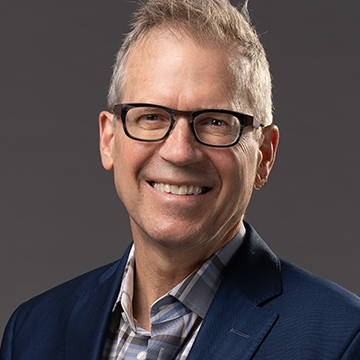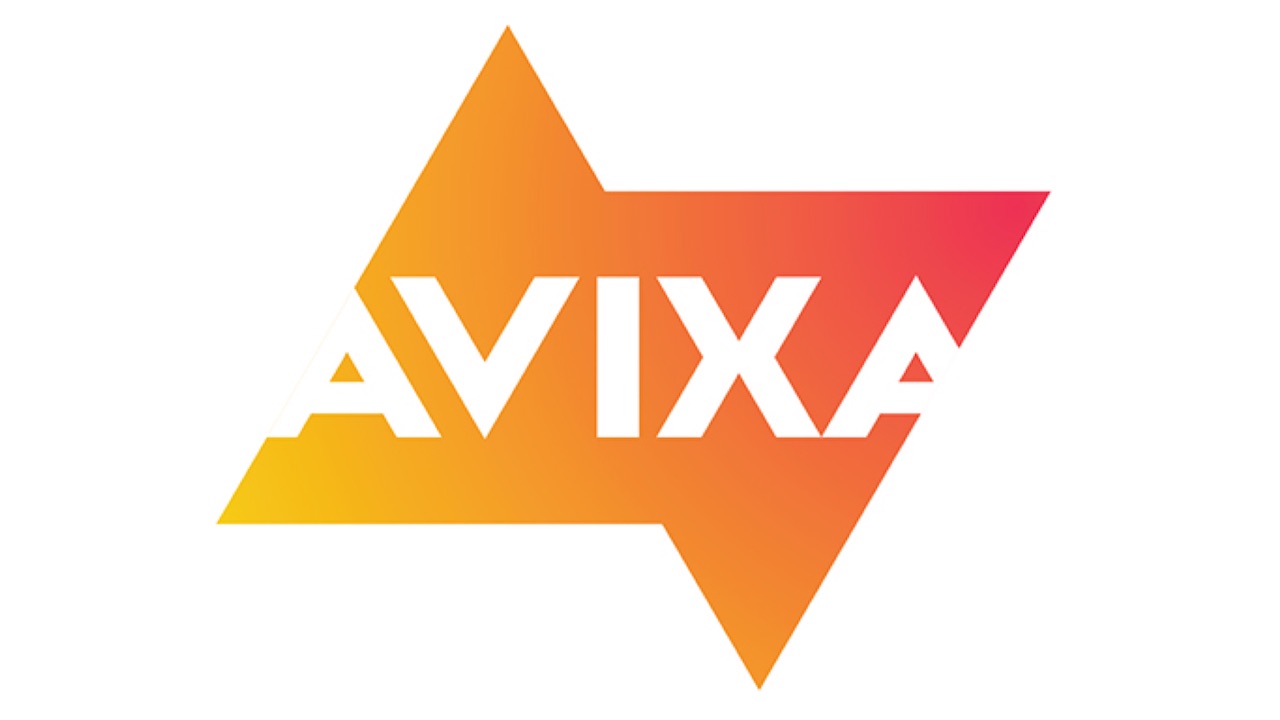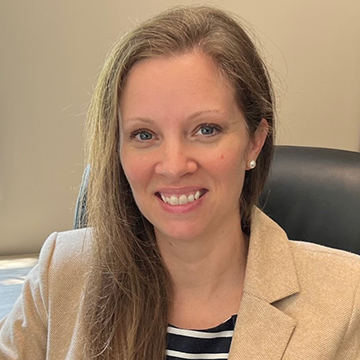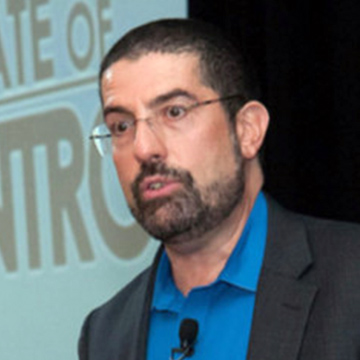
Prior to the pandemic, Webster University in St. Louis began remodeling its 66,000-square-foot Sverdrup Building, which houses its School of Communications. The school offers 15 different undergraduate majors including film/television/video production, media arts, and sound recording and engineering. Up until recently, one program was missing from the list: professional AV/IT.
Early in the renovation project, the school’s leadership noticed that CTI, its AV design and integration firm (also headquartered in St. Louis), employed a number of Webster alumni. This led to a conversation about the Pro AV industry’s demand for AV/IT skills, and the possibility of the university offering a program that taught them. Soon after, the School of Communications began exploring what a solid AV/IT curriculum should look like.
Sharing Knowledge
CTI shared its in-house training materials. It also put Webster in touch with the National Systems Contractors Association (NSCA) and learned about the organization’s Ignite program, which provides training resources to AV integrators and educational institutions. The university consulted with AVIXA for materials as well.

All of this led to the creation of Webster's first AV/IT-focused course, which focuses on audio and covers topics such as signal flow, circuit design, and cable management. “We developed an intro course for audio students who might be interested in this industry,” explained Eric Rothenbuhler, dean of the School of Communications. “They receive much more of a technical foundation than our filmmakers or journalism students.”
The university is currently working to expand its curriculum into a full-fledged AV/IT program, and Rothenbuhler hopes to develop a business course focused on sales in the future.
John Laughlin, CEO and president of CTI, noted that his firm shares the educational materials it has developed with Webster and the NSCA, as well as other organizations. The course content that CTI has created covers audio, video, and lighting.

“We’re definitely helping the [vocational schools] and the universities anywhere we can in sharing the programs we’re using,” Laughlin explained. “I think the NSCA does a lot of the heavy lifting when it comes to education, and through their programs and our programs, we’re able to share that information so that as [universities] build their programs, the students that graduate already have the skills necessary to step into the industry and be effective very quickly.”
CTI’s internal training program for interns and entry-level employees features boot camps and other education sessions that help the company identify strong job candidates for full-time employment. Laughlin said the efforts help employees develop good communication skills and wind up being a strong cultural fit, which contributes to employee retention.
“With those individuals, when you put that kind of time and energy into their education, they tend to be more loyal,” he added. “It’s been a strategy that has benefitted CTI without question.”
“With those individuals, when you put that kind of time and energy into their education, they tend to be more loyal. It’s been a strategy that has benefitted CTI without question.”
John Laughlin, CTI
While building its AV/IT program, Webster has also partnered with Gateway Studios & Production Services, a local production services firm that is currently building a new concert rehearsal facility with living and dining amenities in nearby Chesterfield, MO. The school is currently working with Gateway to develop an AV curriculum targeted at aspiring live production professionals.
These partnerships are important in the creation of solid course material. “Typically, in higher ed, the development of the curriculum is a faculty activity,” Rothenbuhler explained. But when entering new territory—as is the case with AV/IT and live production—Webster needs to solicit input from off campus. “We need industry consultants and friends to provide some of that immediate, first-step expertise.”
Career Path Consideration
Aaron AuBuchon, associate dean of Webster's School of Communications, noted that while most students want to pursue filmmaking or record production, an increasing number recognize that it can be extremely difficult to build solid careers in these disciplines. AV/IT offers the opportunity to work in a creative field that continues to grow, and at the same time provides financial stability.

“Students are looking more and more often for something that’s practical, that allows them to work with the kinds of things that they enjoy working with, that gives them an avenue to pursue their passions, but that’s realistic,” he said. “Everyone’s telling us that the doors are flying off of this industry, and that we need to be able to staff up these [companies]. I think we have a unique opportunity to provide that education and become a feeder for what might be an area of unlimited growth.”
At Advanced Systems Group (ASG), an AV design, integration, and managed services firm in Emeryville, CA, John Shike, key accounts manager, strives to introduce young people to Pro AV through the work that he does with the Society of Motion Picture and Television Engineers (SMPTE). A membership director with SMPTE focusing on student outreach, Shike explained that SMPTE aims to introduce student members to emerging technologies, such as AI and virtual production. SMPTE has started a chapter at De Anza Community College in Cupertino, CA, and Shike and his fellow SMPTE members are working to launch chapters in other schools within the California State University system.

In addition to his work with SMPTE, Shike relayed that ASG works with organizations like the Audio Engineering Society (AES) and the Visual Effects Society (VES) on outreach and education to help young people understand what the technology, and the industry, is all about. They also assist schools in designing (or redesigning) their programs to align with the skill sets required in the professional world. Shike noted that working with schools on redesigning or updating their programs is especially important as job roles evolve.
“It’s a great benefit for us as employers, that we can help bring in the new talent that we’re going to need and use trade organizations to help us with that process,” he said. “It’s not just about making sure we figure out what the jobs are, but what those jobs are going to be as something like AI comes into the business. Our broadcast business has already been greatly affected by the use of robot technology, and now we have to bring in AI as well. And so it’s important [for students] to understand: What are the jobs that are going to be available to me as I’m new talent getting started?”
Training Opps in Pro AV
Trade associations and manufacturers alike are working to educate industry newcomers as well as veterans on the latest developments in Pro AV. Here are a few examples.
AVIXA

AV-over-IP, IT, and networked AV are all areas of focus for AVIXA, which offers on-demand courses on these topics. Pam Taggart, vice president of content creation at AVIXA, explained that the association is seeing increased demand for Certified Technology Specialist (CTS) certification, as well as the need for skills that enable people to adapt to a changing business landscape. This is why AVIXA partnered with the NSCA, which hosted its BizSKills workshop at InfoComm 2023.

As more AV firms start offering managed services, AVIXA is also endeavoring to provide supporting education in this area. “After more than a year of conversations with AV companies on this topic, it clearly revealed that one size does not fit all,” Taggart said. “The size of your own company, the size and complexity of your customer’s company, the business need, financing model and scale, and additional factors all impact what or how many pieces of a full-fledged managed services scenario you might adopt.”
[SCN 1-on-1: AVIXA Industry Insights from InfoComm 2023]
AVIXA has responded to this with its Applied Monitoring for AV Systems training, which was offered earlier this year in virtual format as well as at InfoComm. Other courses and workshops, like Sustainable Customer Relationships with as-a-Service Business Models, also aim to address the topic. AVIXA’s AVoIP Foundations also provides education on all things AV-over-IP, and its Power Hour webinar series covers a host of topics.
Crestron

Crestron’s career-based training targets designers, programmers, salespeople, and technicians. Topics include how to sell systems, as well as design, configure, bring online and, of course, program them. “And no one’s ever limited to one training path—you’re not pigeonholed,” explained Richard Sasson, global director of Crestron’s pro community. “You are encouraged, in fact, to cross-pollinate, cross-platform, and cross-learn.”

The Crestron Masters Education Platform covers a wide range of topics for those seeking continuing education in design, programming, and sales. In an effort to contribute to workforce development, Crestron is currently in talks with educational institutions and trade associations. “What’s clear is that one company can’t do this unilaterally,” Sasson added. “The AV industry needs to collaborate together to create a program that gets people interested at the high school level.”
NAMM


At its trade shows, the National Association of Music Merchants (NAMM) provides training for those working in live production. NAMM 2023 featured its Tec Tracks series, comprised of 60 sessions dedicated to live sound and recording, including a dedicated track on house-of-worship audio and a keynote on immersive audio. Plus, the Entertainment Services and Technology Association (ESTA) hosted training sessions on lighting, lighting networking, electrical, safety, and rigging. There was also a dedicated safety education track led by the Event Safety Alliance (ESA). Zach Phillips, director of professional development at NAMM, said the association will continue to provide educational opportunities like these at future shows.
NSCA


NSCA’s Education Foundation offers the Ignite program, which strives to expose industry outsiders to all the career opportunities Pro AV has to offer. “The goal of Ignite is to provide resources for integrators to market our industry to students at technical colleges and high schools,” explained Mike Abernathy, director of business resources at NSCA. The association urges AV integrators to develop relationships with schools with the goal of creating a talent pool interested in becoming AV professionals.
[NSCA: 6 Steps for Financial Success in 2023]
QSC Q-SYS

The Q-SYS training program provides classes online, free of charge, with most available in several languages. They cover a broad range of topics, including Q-SYS Designer training (introductory), Q-SYS Control 101, Q-SYS Video 101, Enterprise Manager technical training, as well as Cinema training. Control 101 is designed for those seeking first-time control programming, as well as for programmers who are getting acquainted with the Q‑SYS platform. Video 101 covers things like how to optimize the software-configurable NV Series network video endpoints for meeting rooms, as well as how to distribute native HDMI video on the Q-SYS ecosystem.

“Q-SYS has worked to change the online training game entirely with our unique brand of short, impactful, and entertaining courses that leave users wanting more,” said Nate Makaryk, senior training manager for Q‑SYS. “Our training capitalizes on the modern scripting languages and innovative tools within Q-SYS Designer Software, enabling programmers to grasp fundamental programming principles in a matter of days, rather than weeks or months.”




!["[T]he First and Fifth Amendments Require ICE to Provide Information About the Whereabouts of a Detained Person"](https://images.inkl.com/s3/publisher/cover/212/reason-cover.png?w=600)


